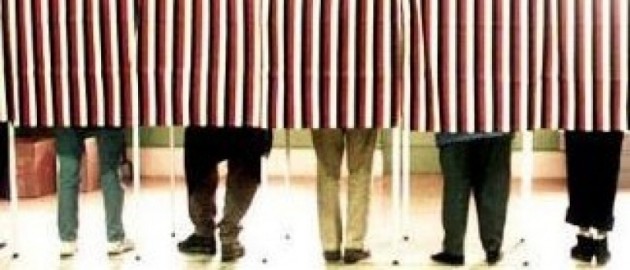The United States has fostered a culture in which guns and firearms are a norm in American life. As a result of this, each year, thousands of youth in America are exposed to gun violence in their homes, schools, and communities as both victims and witnesses.
“Children are overwhelmed with violence,” said Ruby Gourdine, a licensed Washington, D.C. social worker. “It is fully integrated into our society. They are not given strategies to learn to work out problems, instead they are told: don’t like something, get a gun.”
According to a Fall 2009 national survey conducted by the Office of Justice Programs, beyond just being frightened, many children who are exposed to gun violence undergo physical, mental, and emotional harm that can stay with them into adulthood. The survey concludes that, children who witness gun violence in any form may suffer from difficulties with attachment, regressive behavior, anxiety and depression, aggression, delinquency, involvement with the juvenile justice system, and a tendency to use violence as a method of problem-solving.
Gun violence portrayed in mass media is an extension of that witnessed in real life and can cause just as much damage.
According to the Center for Media Education, by the time children complete elementary school, they will witness more than 100,000 acts of violence on television, including 8,000 homicides. The numbers double to 200,000 acts of violence and 16,000 homicides by the time they complete high school. Such high levels of consumption of violent acts can trigger some children to act aggressively.
“We see too much violence on TV and other sources of media today,” said Gourdine. “We have begun to think that violence is okay and yet we are devastated each time we hear about it and in some ways are surprised by it. We not only see real images of violence, we receive it subliminally as well.”
In addition to gun violence typically seen in action films and crime shows, firearms are frequently featured in cartoons and video games-factors that feed the United States’ insensitivity towards guns and gun violence.
“People use Sesame Street and other types of public media to teach ABC’s and values and counting and color. Nobody disputes that it can teach kids that type of thing, yet when we get to violence on television, people just say ‘oh, they realize that there’s a difference between what’s on TV and what’s they should do in real life,'” said Karen Slovak, a professor of social work at Malone University in Canton, Ohio and a specialist in gun violence and youth.
“I believe that the line is totally blurred. If they can learn things from Sesame Street, then they can learn things from violent video games and media as well. What this is really doing is priming kids to act aggressively and people who are already at risk to act aggressively,” Slovak said.
“Think about it, the military uses video games as a tool to teach soldiers how to use firearms. Even though research hasn’t been done, there’s a pretty high likelihood that there’s a correlation there. When people get exposed to the gun violence and this type of media it really desensitizes them.”
News networks can also, unknowingly, participate in spreading media violence.
“Sometimes we need to turn off the news or guard our kids against what they see on the news because they see that almost as glorified and a way for people to solve their problems,” said Slovak. “Seeing all these things happening in colleges, malls, and movie theaters have really put a sense of fear in everyone, particularly children. That can really impact their sense of safety in the world.”
This desensitization to guns and gun violence and the trauma that exposure to these elements incite, can inadvertently increase the chances that youth will engage in gun violence or other forms of violent behavior.
A 2005 report from the Survey Research Center at the University of Michigan Institute for Social Research analyzed five years of data from about 1,500 Chicago adolescents and found that there was a genuine cause-and-effect relationship between exposure to gun violence and the subsequent perpetration of violence.
They discovered that adolescents who were exposed to firearm violence were twice as likely to perpetrate serious violence over the next two years. In an interview with the University of Michigan, Jeffery Bingenheimer, one of the report’s authors, said that the results of their study makes one “more inclined to think about violence as a socially contagious process happening at the community level.”
Gourdine, the D.C. social worker, said such results are not surprising. “If we learn violence, we are apt to repeat what we learn,” she said. “We teach children the way that they should behave and if a part of that is to be violent, then that is what we get-a violent youth.”





